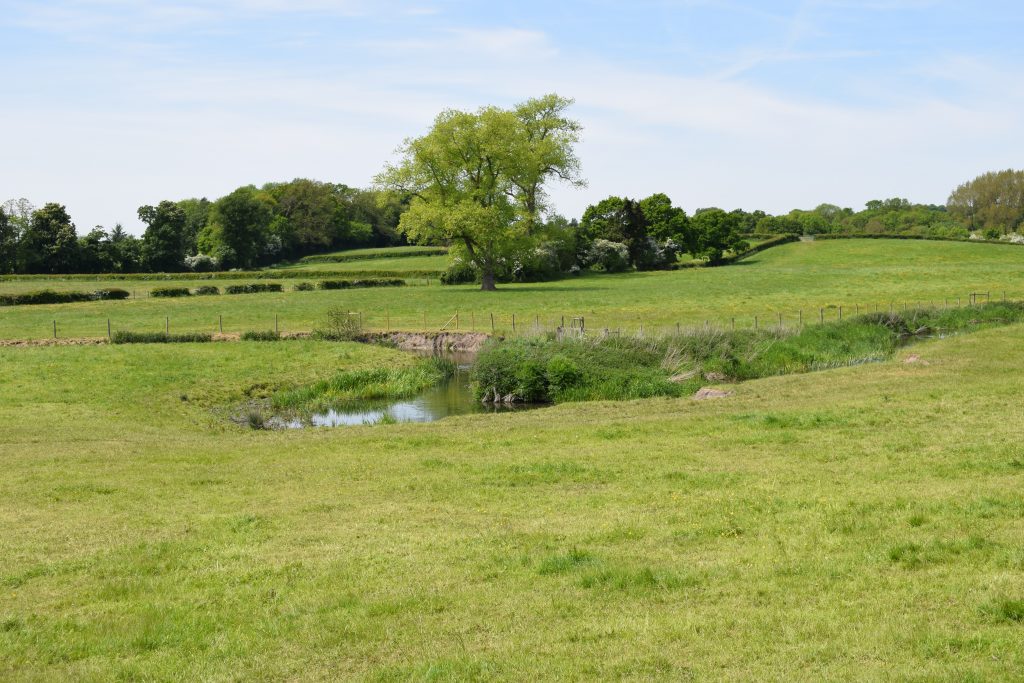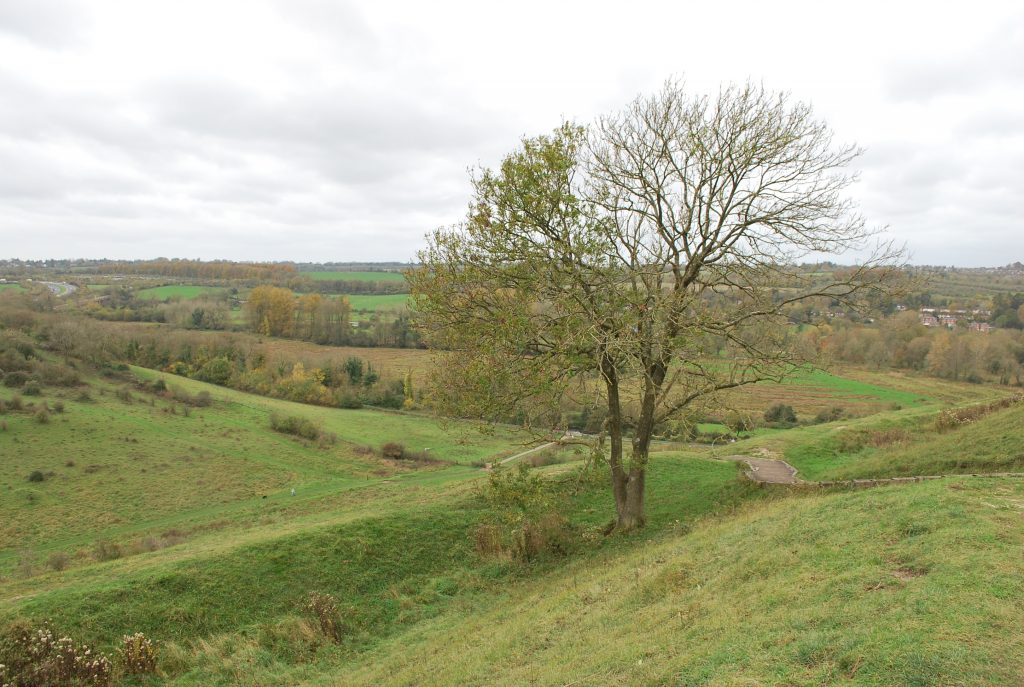Here we are in high summer and nearly 6 months have passed since the government launched this highly significant plan. A bit later than intended, but here is a brief summary of the key bits likely to be of most relevance to the landscape industry.
The plan contains a mix of confirmed policies and longer-term aims, but the overarching aim is:
‘To help the natural world regain and retain good health … deliver cleaner air and water in our cities and rural landscapes, protect threatened species and provide richer wildlife habitats’

The 25-year goals are:
- Clean air.
- Clean and plentiful water.
- Thriving plants and wildlife. (including increasing woodland in England in line with the aspiration of 12% cover by 2060: this would involve planting 180,000 hectares by end of 2042.)
- A reduced risk of harm from environmental hazards such as flooding and drought.
- Using resources from nature more sustainably and efficiently.
- Enhanced beauty, heritage and engagement with the natural environment.
In addition, manage pressures on the environment by:
- Mitigating and adapting to climate change.
- Minimising waste.
- Managing exposure to chemicals.
- Enhancing biosecurity. (including reaching the goals set out in the Tree Health Resilience Plan of 2018)

There are 6 broad policies (click on the links to get a bit more information about each chapter):
- Using and managing land sustainably (chapter 1).
- Recovering nature and enhancing the beauty of landscapes (chapter 2).
- Connecting people with the environment to improve health and wellbeing (chapter 3).
- Increasing resource efficiency, and reducing pollution and waste (chapter 4).
- Securing clean, productive and biologically diverse seas and oceans (chapter 5).
- Protecting and improving the global environment (chapter 6).
The government commits to putting the plan into practice by:
- Consulting on setting up a new independent body to hold government to account and a new set of environmental principles to underpin policy-making.
- Developing a set of metrics to assess progress towards our 25-year goals.
- Refreshing the 25 Year Environment Plan regularly to ensure that collectively we are focusing on the right priorities, using the latest evidence, and delivering better value for money.
- Strengthening leadership and delivery through better local planning, more effective partnerships and learning from our four pioneer projects.
- Establishing a new green business council and exploring the potential for a natural environment impact fund.
- Work closely with a large range of stakeholders over the coming year to identify their contribution to the goals set out in this plan.
Key themes running through the plan are:
- Use of natural capital approach – a world first;
- Landscape-scale interventions important; Northern Forest
- Tree planting generally and the appointment of a national Tree Champion;
- Use of new technologies to inform strategies and in measuring effectiveness;
- Beauty of the landscape recognised as important motivation and asset to be protected and enhanced (national identity and pride and contributing to health and well-being);
- Shared responsibility: for developing strategies, delivering action and funding – legislation, planning system, partnerships, volunteers, landowners, individuals;
- Environmental goals often balanced with need for sustainable development and not making life difficult for housing developers;
- Social justice – equality;
- Recognition of importance of contact with nature and access to open space to mental health
- Aspiration for GB to be a world leader; taking on an even more prominent international role in protecting the planet.
Click here to see the full plan: https://www.gov.uk/government/uploads/system/uploads/attachment_data/file/693158/25-year-environment-plan.pdf
Landscape Institute reaction:
LI President Merrick Denton-Thompson was ‘thrilled’ to see many of the Institute’s recommendations reflected in the plan. The LI welcomed the breadth and ambition of the plan and the support for and recognition of the work that landscape professionals do: landscape, green infrastructure, beauty, health and wellbeing and natural capital.
There should be many opportunities for LI members to be key players in the delivery of the plan’s goals: this endorsement of the work landscape professionals do is very encouraging.
Below are a few of the areas of commitment in the plan, and LI initiatives – past, current and upcoming – that relate to them. Each of these areas of knowledge and practice are likely to become crucial competencies for many professionals in the near future.
- Use of spatial data – the Spatial Data Group is developing information
- Soil health – recent TIN on Soils and Soil-Forming Materialis of relevance here
- SuDS and flood resilience is a longstanding area of work for the LI; see LI policy section on water and floodingand TGN on the management and maintenance of SuDS
- Nature Recovery Network –Connectivity and Ecological Networks TIN and Green Bridges TGN are relevant
- Tackling invasive non-native species – Biosecurity Working Group is preparing data sheets on specific ‘ultra-competitive’ plant species(as many prefer to call them)
- Catchment management – the catchment approach is covered in another TIN
- Tree Health Resilience Plan of 2018 has been generally well received, with some clear priorities and actions but more detail to follow to guide arborists, plant trade and tree managers: https://www.gov.uk/government/uploads/system/uploads/attachment_data/file/710719/tree-health-resilience-strategy.pdf